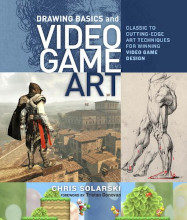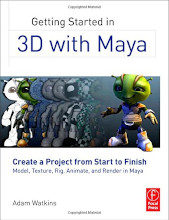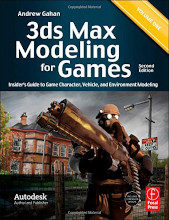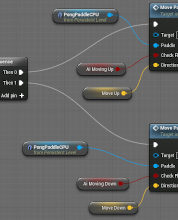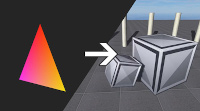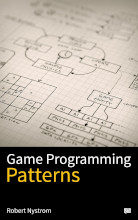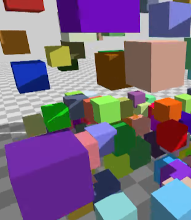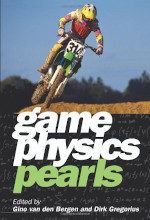Review: Drawing Basics and Video Game Art: Classic to Cutting-Edge Art Techniques for Winning Video Game Design by Chris Solarski
I’ve been trying to get back into making art (I did go to art school, after all) and this seemed like a well reviewed book. Plus, the Kindle edition was very reasonably priced at $12. Drawing Basics and Video Game Art: Classic to Cutting-Edge Art Techniques for Winning Video
